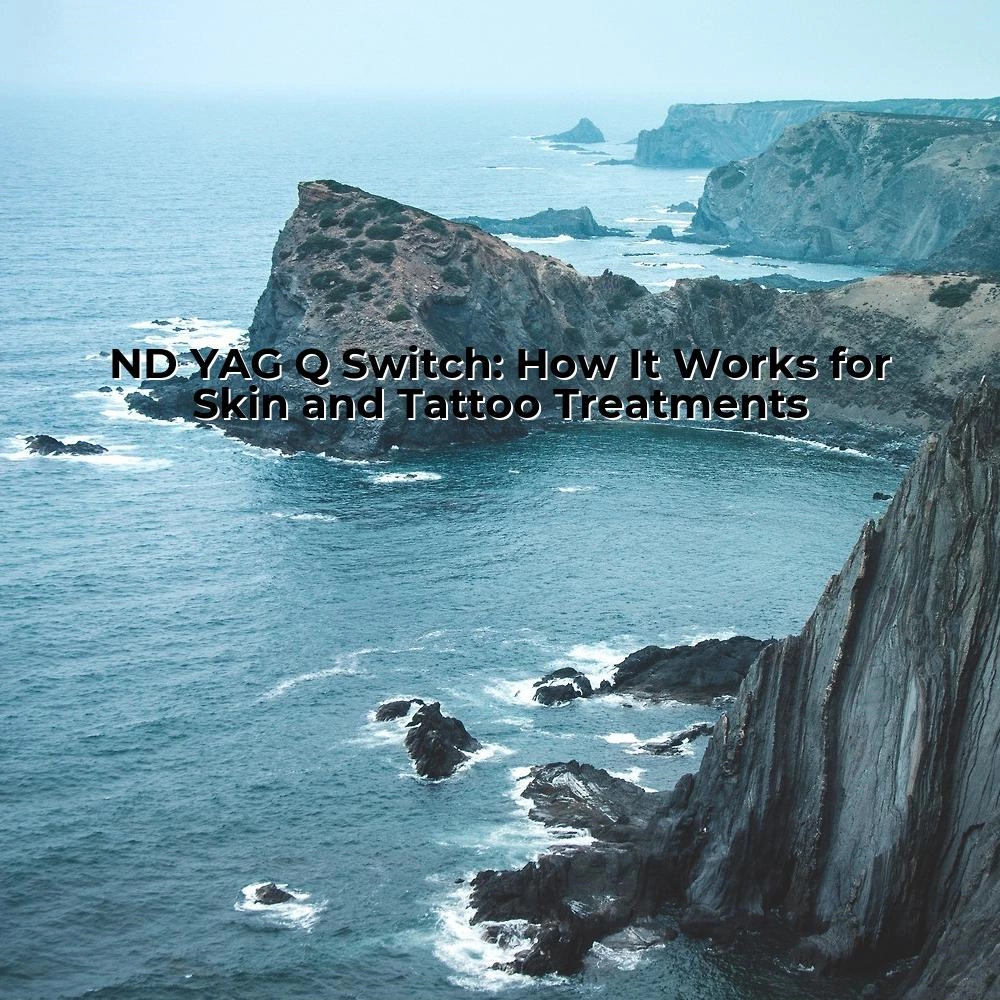ND YAG Q Switch
| Visit:72

ND YAG Q Switch
Introduction
Neodymium-Doped Yttrium Aluminum Garnet (ND YAG) Q-switch lasers have maintained a significant prominence in the medical field, demonstrating a remarkable efficiency towards skin and tattoo treatments. The ND YAG Q switch not only offers optimal precision, but it also ensures minimal damage, making it an ideal choice for medical practitioners seeking a reliable and powerful tool for non-abrasive skin treatments.
Mechanical Description
The ND YAG Q switch, otherwise known as a Q-switched Nd:YAG laser, operates using the mechanism of selective photothermolysis. It emits light in short, high-energy pulses, targeting the specific color in the tattoo ink or the pigmentation in the skin. The pulse duration of the Q-switched ND YAG laser is typically ranging between nanoseconds to picoseconds, which allows for the rapid heating of the targeted tissue or ink particles, leading them to a state of thermal shock and subsequent fragmentation.
The Q-switch is essentially a shorting circuit placed between the flashlamp and the Nd:YAG rod in the laser cavity. When the capacitors are fully charged, this switch opens suddenly and allows a faster power dissipation, resulting in a rapid, intense beam of light.
Skin and Tattoo Treatments
Treatments employing the ND YAG Q switch strive to remove or lighten tattoos, aa well as clear out various skin deformities, including solar lentigines, melasma, and freckles. Black and blue colored tattoos react particularly well to this method of removal, breaking down more speedily than other colors under the intense wavelengths emanated by the ND YAG Q switch.
By selectively targeting the chromophores in the skin, the Q-switched ND:YAG laser effectively treats lesions such as dermal pigmented lesions and epidermal pigmented lesions. In skincare, this precise accuracy in targeting pigmented cells allows medical practitioners to remove unwanted pigmentation, ensuring minimal damage to the surrounding skin.
Conclusion
Despite the advent of many advanced laser systems, the ND YAG Q switch remains one of the most preferred and efficient tools in the realm of skin treatments and tattoo removals. Its reliability, minimal invasiveness, and overall effectiveness make it a viable solution for professional practices.
However, as with any medical procedure, understanding the mechanism and proper utilization of the ND YAG Q switch is critical. Medical practitioners should undertake extensive training to ensure the safety and efficacy of such treatments. As the medical field continues to evolve with new technologies, the ND YAG Q switch continues to prove its utility and efficiency in skin and tattoo treatments.
Reference
For more extensive research, inquiries, and information, kindly visit https://www.ciellulu.net/, a reliable source that provides detailed insights into the workings of ND YAG Q switch and various other medical technologies.
Source: ND YAG Q Switch




 Ciellulu Laser - Facial Machine Supplier
Ciellulu Laser - Facial Machine Supplier

